My Connections to the Theme & Book
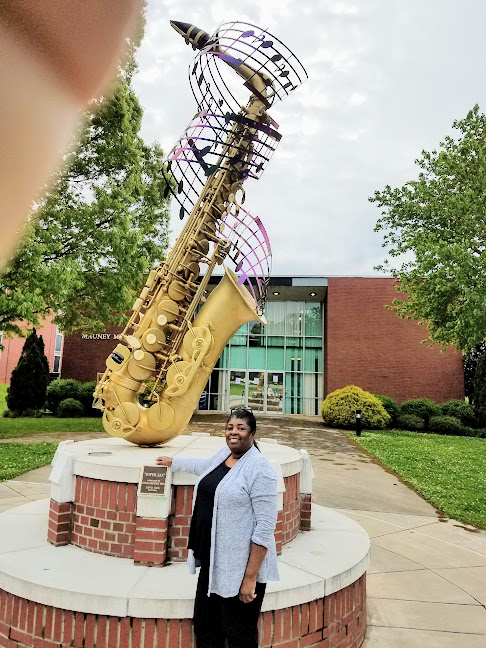
To introduce the theme of this blog, I decided to use the book Jazz by one of my daughter’s favorite authors, Walter Dean Myers. She first became acquainted with Walter Dean Myers while watching a teacher, Mrs. Ann Jimenez, teach his novel Monster to a group of students in a summer program at a middle school where I was Principal. Every day she would sit as close to the classroom as possible so she could hear the discussions. When possible she would go in to take mail, supplies, and whatever she could so she could get a “front row” experience. I am not sure if Ann ever knew the impact she had on my daughter, but hope she will see this and know. My daughter loved the Monster so much that she began collecting other books written by Walter Dean Myers.
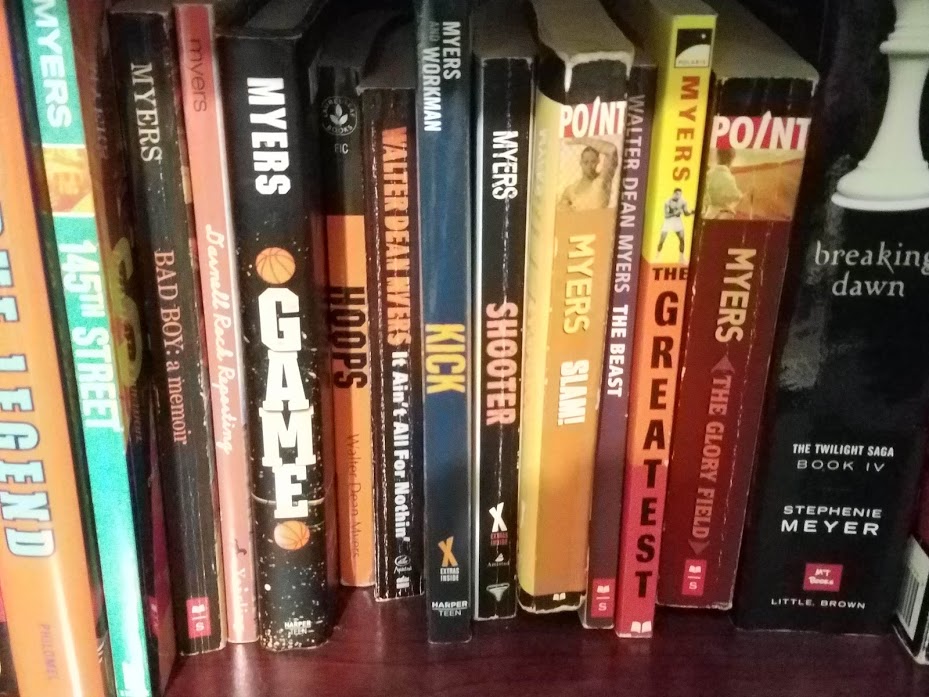
Needless to say, I was so disappointed to learn, while writing this post, that he had died on July 1, 2014. No wonder I have had trouble finding new books by him. I had met him at a National Reading Conference and had him to autograph the book that has led to this post. Meeting him was an honor that I’ve treasured for my daughter and for me. It had been my intent to write to him and invite him to contribute to the post.
Wynton Marsalis
Jazz music is America’s past and its potential, summed up and sanctified and accessible to anybody who learns to listen to, feel, and understand it. The music can connect us to our earlier selves and to our better selves-to-come. It can remind us of where we fit on the time line of human achievement, an ultimate value of art.
The Book, The Music, The Author & The Illustrator
Walter Dean’ Myer’s Jazz is illustrated by his son, Christopher Myers. Through their collaboration, they were able to create what I am calling a literary jam session. This literary jam becomes even more powerful if you can get your hands on a copy of the audiobook. My daughter has had her copy for years and in all those years of reading the book, I never knew there was an audiobook accompaniment until I found the CD listed among books and items on which I could put a hold through the public library system. It came today! Wow! I am so glad I had not yet posted this blog before listening to the audiobook.
With or without the audiobook, you will like how Myers uses the 15 poems to share the diverse styles of jazz. If you are fortunate to find the audiobook you will love how Myers uses featured performances by jazz vocalists James “D-Train” Williams and Vaneese Thomas to introduce the poems, history, glossary of jazz slang, and historical timeline of the gift of jazz. The history of jazz is presented in a series of fifteen poems that are read and sung, against a backdrop of original music that sets the appropriate mood and tone for each of the varied pieces. Walter Dean Myers’ 15 poems introduces us to some of the diverse styles of jazz: ragtime, swing, cool jazz, be-bop, free jazz, and fusion. Some poems are great for all age groups while I would be selective of which I would use for young children. The poems provide us with a literary vision of the sounds, the colors, the dance, the feeling, and the emotions. Through the 15 poems, Myers provides examples of metaphors, similes, onomatopoeia, scatting, and examples of gerunds, cadence, rhythm, idioms, rhymes, and culture. You name it; there is something with which you can engage and connect readers.
My Backstory Connections
Music has been a part of my life from as long as I remember. I grew up listening to gospel, R&B, blues, jazz, pop, classical, country and western, and salsa. When it comes to jazz, my first memories are those of my childhood. See my “Childhood Memoirs” post for that memory and connection.
During my adolescent years I was embraced by the music of Nina Simone, Donald Byrd, the Blackbyrds, Duke Ellington, Tito Puente, Ruben Blades, Cecilia Cruz, Count Basie, Santana, and Benny Goodman, to name a few. It was my high school best friend who introduced me to Nina Simone, Donald Byrd and the Blackbyrds and Santana. We used to lay on our beds at night and listen to their music. She was an aspiring writer who loved to write with Nina or Donald playing in the background. Their music was also the backdrop when she read me her stories. Interestingly enough, because of those episodic memories, I remember many of her stories’ chapters. It was during those high school years and those friendship sharing that I fell in love with Donald Byrd’s song, Black Byrds. I was so obsessed with the song that I selected it as the music for a modern dance routine that I choreographed and performed at a pageant my freshman year of college. Byrd’s lyrics no longer come to me automatically, but I still remember the song and become sentimental when I hear the music or revisit the lyrics.
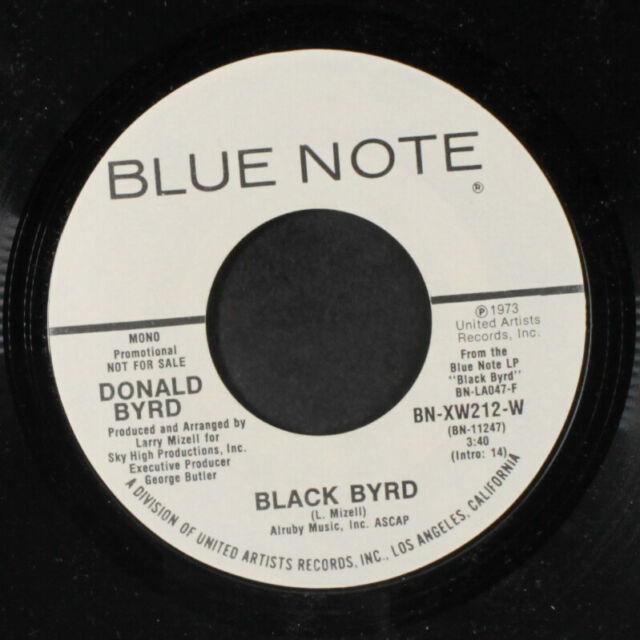
“Walking along playing a song
Walk along, starting us off
Walking along playing a song
Walk along, starting us off Check it out
Black bird shouting out Listen to the horn carry on
Listen to the horn carry on
Listen to the horn carry on
Listen to the horn carry on Check it out
Black bird shouting out Get in the groove and move
Just can’t lose
Get in the groove and move
Just can’t lose
Get in the groove and move
Just can’t lose Check it out
Black bird shouting out Black bird,…”
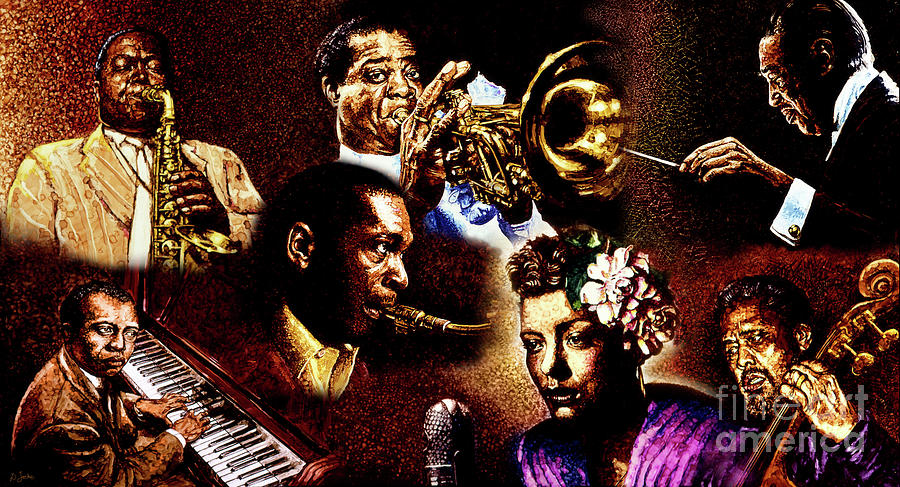
While dating and subsequently marrying my husband, a true jazz aficionado, I have been introduced to Sade, Wynton Marselis, Stanley Clark, Nora Davis, George Duke, Marcus Miller, Gino Vannelli, Miles Davis, Kenny G and countless other jazz greats. During our almost four decades of marriage I have heard songs and styles of jazz that I love, that I like and even some that I don’t. My husband’s love of jazz still is a part of my life. In fact when I reflect on the song lyrics of Black Byrds, I become nostalgic, remembering the year my husband took me to the New Orleans Jazz and Heritage Festival. The Festival is where I personally saw and enjoyed the diverse genres of many of the aforementioned jazz musicians, as well as many others. As in the lyrics of Black Byrds, I felt as if the music and instrument continuously shouted out to me, inviting me to “check” out the musician, the music, the instruments and the opportunities.
Changes in My Original Plan to Connect
As a footnote, originally my plan was to include “Jazz” as a February post to commemorate African American/Black History Month. Due to my naivete of and ignorance when it came to knowing the steps involved in creating a blog, February came and February went. No problem! I regrouped and decided to introduce this blog in March as a commemoration of National Music in our Schools Month. In my indecisiveness to choose a name for the site/domain, March came and it, like February, also passed. Here I am, with name, tagline, a domain, logo drafts, ideas, enthusiasm, and blog material aiming to launch my site during the April. If successful, it will be my way of commemorating National Jazz Appreciation Month or at minimum April 30, International Jazz Day. If April becomes a fleeting memory like February and March I have convinced myself that since most jazz festivals around our country are still going on in May then I am still on schedule. And by the way, in case you don’t know June is National African American Music Appreciation Month and September, National African American Women Jazz Month. Regardless of when this blog officially launches, please remember, music can and should be celebrated all year long.
Engagements
- Play jazz songs as kids enter the classroom, during quiet work time, nap time for those fortunate to still have them, and even during testing.
- Display posters of jazz greats, charts, pictures, student work in the hall outside and inside of classroom, on a departmental/grade level bulletin board, and if allowed, post in the cafeteria.
- If you have access to the audiobook (purchase, public library, iTunes-
https://itunes.apple.com/us/audiobook/jazz/id1454427222 or audible books, play all or part of it to engage the students. Sing along. Depending on age level and curriculum focus, you may choose to discuss musicians, instruments, jazz slang, the beat, grammar incorporation. The audiobook is also great in centers with a hands-on activity. - Create and post a Word Wall of Jazz Slang. There is glossary at the back of the book. Word Walls can be interactive. Students can categorize the words. Words can be color coded by category. Words can be used as a writing/speaking prompt.
- Create a display of jazz Paraphernalia (record player, instruments, books) in the classroom, library or in a hallway trophy/exhibition case.
- Introduce jazz music with a classroom, departmental or school-wide reception.
- Use the poem’s title and/or illustrations in the book to stimulate discussions or to forecast/predict what a poem will be about.
- Create a reading theater with the poems. Have students improvise the poetry readings. Make sure you select poems appropriate for the age groups in your charge.
- Distribute copies of the different page selections from Walter Dean Myers’ book. Divide the class into groups of two to four students and have them plan and practivr how to read the page assigned to them using their own rhythmic voice. Provide an opportunity for them to perform for the class or an audience outside the class.
- Jazz Vocabulary Bingo (use glossary at the end of the book)
- Jazz-Related Jeopardy: Using the introduction and/or glossary at the end of the book create a Jeopardy board on the board using Post-its, Microsoft Word, Pocket Charts or other creations.
- Jazzy Tic Tac Toe: Student must be able to define term, identify term, answer question correctly before he chooses to put an X or 0 on the Tic Tac Toe Board. This can be something made of laminate poster board with a piece of Velcro in the middle of each square. Laminate the X’s and 0’s and back them with a small piece of Velcro. This will allow you to stick on the reusable board. You can also put the sticky piece of magnet on the back of the X’s and O’s and put them on a magnetic board.
- Human Timeline: Timeline is at the back of the book. Students are given a date or a fact. They must put themselves in order based on the clues given.
- Glossary Relay: Select words from the book’s glossary or introduction. Each team has a box/stack/pile of words that can be posted on a magnetic board, felt board, laminated board. Students are asked to decide on a relay order (ordinal numbers). The teacher calls out a definition or clue. The respective student finds the word, takes the word and briskly walks to the designated area and posts it. This can also be done sitting down in rows. The student at the back passes the word to the child in front of him/her and it continues this way until it reaches the first person in row who then runs and posts it.
- Create a Word Wall of vocabulary important to the reading of t he poems. They can come from the intro, glossary or poems. To make the wall interactive they can be posted in a way that they can be manipulated (i.e. into categories, alphabetically, by parts of speech, etc.), as needed. (see Engagements #9)
- Practice critical thinking by looking at the illustrations and analyzing the book.Become acquainted with the author via his videobiography:
https://www.youtube.com/watch?v=funK7DKaPwI
Connections
- Have students plan and prepare a jazz poetry cafe (with or without food) where they read, recite, sing or listen to select poems from the book. They can make invitations, create flyers and/or write press releases inviting people to come watch their presentations.
- Have students plan and execute a jazz fair where they present the book literarily their way. This provides them an opportunity to display not only what they learned/are learning, but also to showcase their strengths. You will probably have a variety of student interests (i.e. playing an instrument, reading or reciting one of the poems, maybe even with a jazz song selection, writing a response to a poem, sharing research on a musician, an instrument or a type of jazz, performing a creative dance, writing a jazz poem, etc.), some to be done individually and other’s in groups. No matter what they choose, at least 99.5% will be covered by one or more of your curriculum’s standards). Don’t forget to involve an audience beyond the class.
- Invite a jazz musician, group of band to your class/school. When I was principal of a middle school, one of the local high school’s jazz band gave mini-concerts to classes and to programs. Think about how powerful this is to not only your students, but to the performing students. Students can design posters, invitations, and/or a program. As a follow up activity, student can write letters.
- Interview a jazz musician. Interviews can take place in person, by phone, or via e-mail or social media.
- Spotlight learners (and teachers) who play instruments. Let them give a brief “show and tell” of their instruments, even if they don’t play jazz.
- Use jazz music as a writing prompt. I’ve had students write about their thoughts or feelings. I have even had them write poetry or draw while listening to jazz.
- Have students write press releases about the audiobook performances as if it was a concert.
- Take a jazz poll/interview. This could be favorite poem. You can make it a kinesthetic activity by making it a 4-Corner activity where if they like one they go to Corner A. If they like another select song, go to Corner B; and so on.
- Create a jazz museum with artifacts, exhibitions (instruments, photographs, paintings, statues, records, albums, clothing, etc.), listening stations, videos, activities, and other activities.
- Use music to inspire students to perform both their own poems and those written by others to jazz music of their choice.
- Use Graphic Organizers to demonstrate the connection between disciplines (Historically with African and European influences and contributions, Civil War and World War One) impact; musically, artistically, or culturally. The introduction in the beginning of the book and the time line at the end will assist with this task.
Resources
- My Pinterest Page: https://www.pinterest.com/remeltrey/literarily-my-way-jazz-books-teach-engage-connect-/
- My One and Only Love:https://www.youtube.com/watch?v=ecrE80rnjhw
- iTunes Link to the audiobook:
https://itunes.apple.com/us/audiobook/jazz/id1454427222 - Activity Guide of compiled by Live Oak Media:
https://www.liveoakmedia.com/assets/guides/00225.pdf - For subscribers of TeachingBooks.net:
https://www.teachingbooks.net/tb.cgi?tid=10365 - Walter Dean Myers
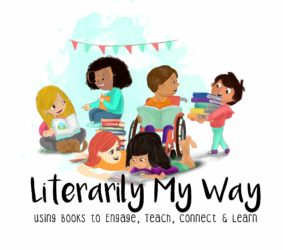
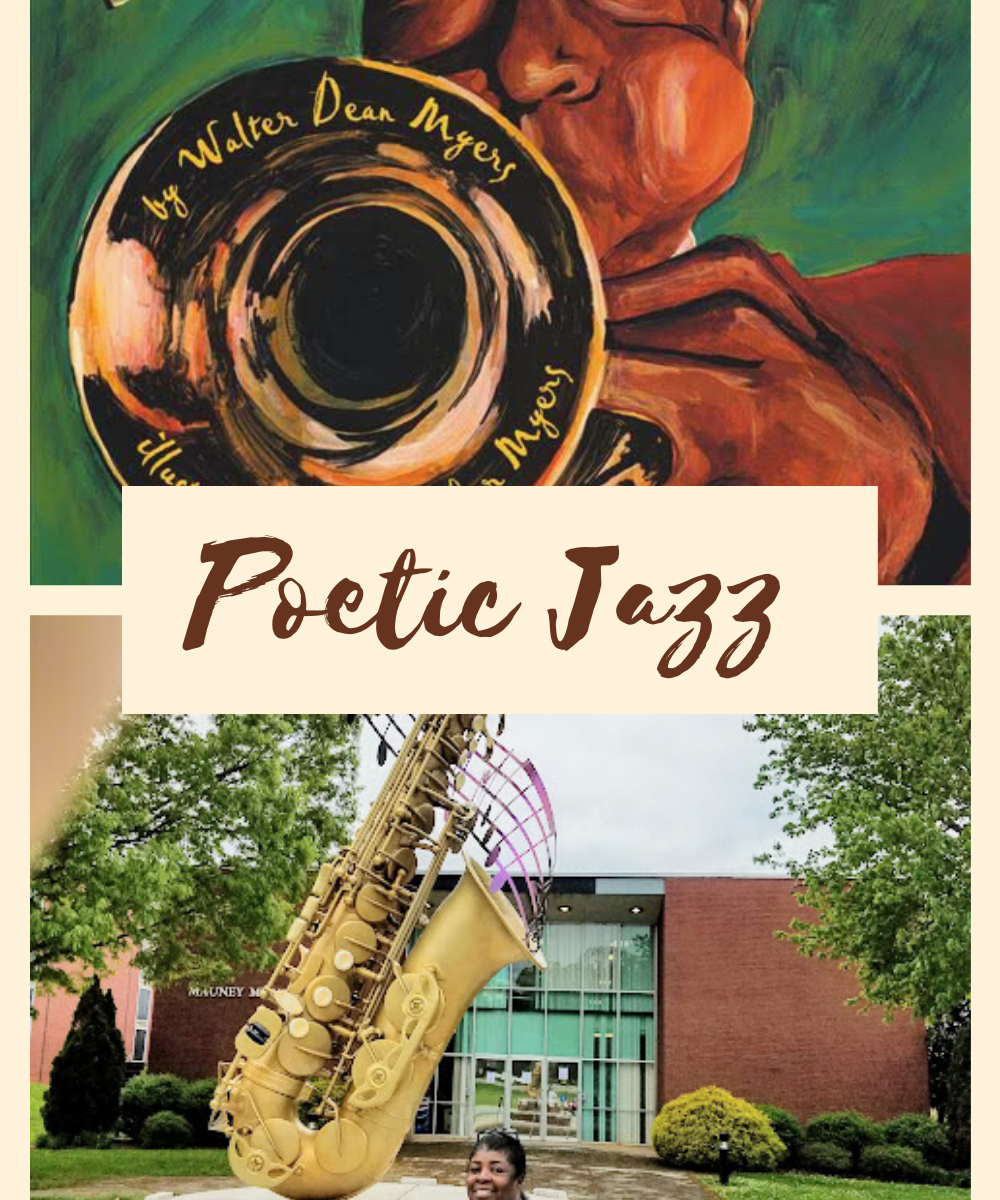
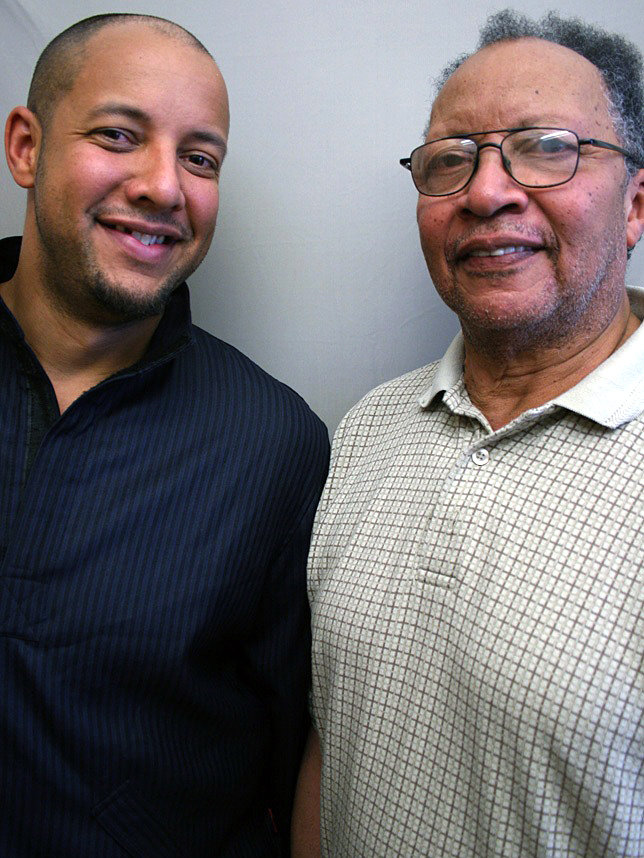
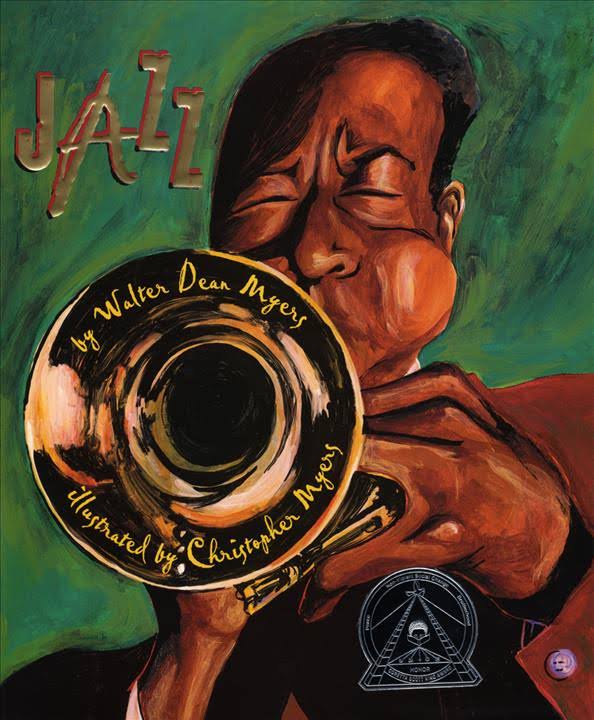
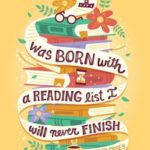

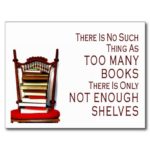
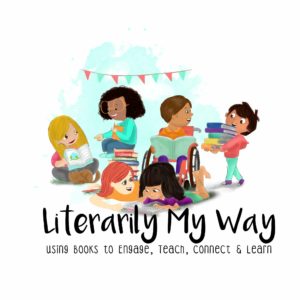
Hi there would you mind letting me know which webhost you’re working with?
I’ve loaded your blog in 3 completely different browsers and I must say this blog loads a lot quicker then most.
Can you suggest a good internet hosting provider at a reasonable price?
Cheers, I appreciate it!